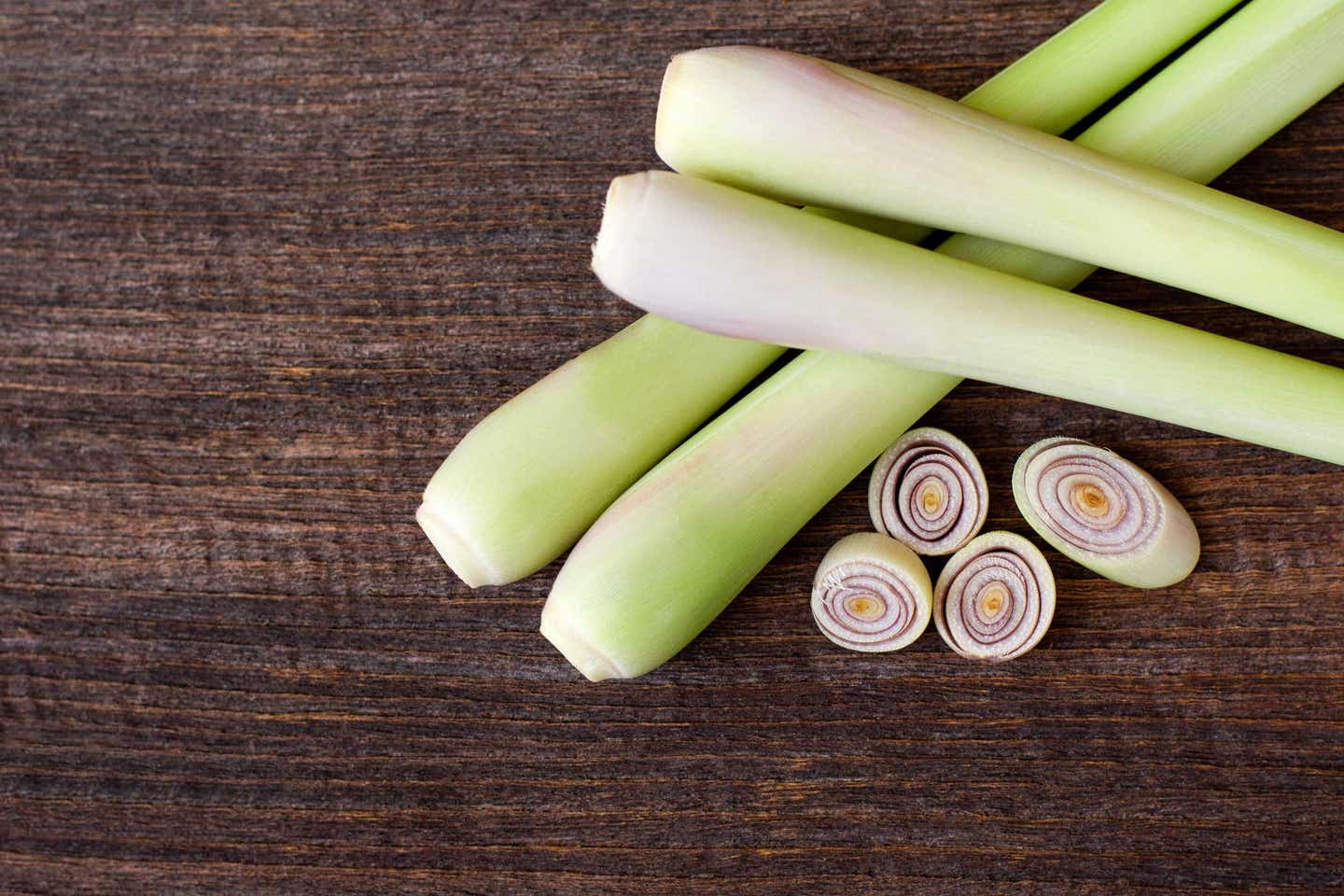
Lemongrass 101: How to Prep, Store, and Use This Fragrant Herb
Lemongrass is a foundation flavor in Southeast Asian cuisines, lending a fragrant, citrusy component to everything from light, brothy soup to hearty Thai red curry. Though its tough, woody stems can make it seem intimidating, lemongrass is surprisingly simple to work with once you know how. In fact, prepping the fresh herb is as easy as chopping onions—and leaves your hands smelling a lot nicer afterward. Here’s everything you need to know about using lemongrass, including visual, step-by-step prep instructions; storage hacks (the freezer!); shopping tips; and substitutions.
What Is Lemongrass?
Lemongrass is a thick-stalked tropical grass that’s native to South Asia and now cultivated around the world as a culinary herb, medicinal plant, and perfume fragrance. The stalks of the plant are used extensively in South Asian cuisines, where they’re often combined with ginger, garlic, and other spices to give dishes a bright, lemony scent and taste without the sour or bitter component of citrus juice or zest.
How to Prep Fresh Lemongrass
The key to releasing lemongrass’ ultra-fragrant flavor compounds is crushing or bruising its tough fibers by pounding or finely chopping it. Here are the step-by-step methods to get the most flavor out of your stalks.
Trim
Cut off the hardened root end and discard. With your fingers, pinch the stalk from the top down until you reach a point where it feels dense and solid, not layered and papery. Cut just above this point to remove the dry, papery top. Peel away any remaining tough leaves. (Tip: Save the papery tops and outer leaves: While not edible, they can be used to flavor simmered dishes and make lemongrass tea.)
Slice
For recipes that call for sliced lemongrass rings or pieces, thinly slice the lemongrass piece with a sharp knife. The finer the slices, the better, as each slice breaks down fibers to release more flavor and makes the pieces easier to eat.
Pound
Many broth, soup, and stew recipes call for adding a pounded or crushed lemongrass stalk, which you remove from the broth before serving. A rolling pin or can works well for crushing lemongrass. Both the tough reserved lemongrass tops and the less fibrous bottoms can be used for this purpose, but the papery tops will have a less pronounced flavor. So if you’re only using lemongrass tops, double the amount called for—i.e., add two papery stalk tops when a recipe calls for one stalk.
Mince
The easiest way to mince lemongrass is to pound it first, pry apart the stalk’s fibers, then chop it into a fine mince.
How to Shop for Lemongrass
Fresh lemongrass is sold in bunches or as individual stalks in Asian supermarkets and in well-stocked produce sections. Because the stalks keep for weeks at room temperature, they can often dry out on a display when there isn’t much turnover, so it’s important to spend some time inspecting them to find a fresh stalk. Choose stalks that are pale green with a hint of pink beneath the white base. Opt for stalks that are bulbous at the root end; these have more tender layers to slice and dice beneath the tough outer leaves that need to be pulled away. Give each stalk a gentle squeeze to make sure it feels firm, like a peeled clove of garlic, not stiff or woody. (Lemongrass stalks give off little to no scent when they’re whole, so don’t expect to find a fragrant stalk.)
How to Store Lemongrass
You can store whole lemongrass stalks for up to two weeks in the fridge, and chopped or minced fresh lemongrass for two or three days in the fridge. But our favorite way to store lemongrass is in the freezer: Not only does freezing let you buy extra lemongrass when it looks especially good at the store; it also helps break down the stalks’ tough fibers, making them easier to chop and use. Freeze whole (unpounded), chopped, or minced lemongrass in an airtight container or resealable freezer-safe bag for up to six months for optimal freshness.
Fresh Lemongrass Substitutes
Can’t find fresh lemongrass for a recipe? Skip the paste (it’s often loaded with sugar and salt) and try one of these instead.
Dried or Ground Lemongrass
Use 1 tablespoon dried lemongrass or 1 teaspoon ground lemongrass for every 1 stalk of fresh called for in a recipe. While these won’t offer the same fragrant kick as fresh, they will work in a pinch in soups and stews. Dried lemongrass is an essential component in our Thai Spice Blend, and we call for ground lemongrass in our all-purpose Thai Red Curry Sauce.
Lemon or Lime Zest
For a similar citrusy note, use 1 tablespoon of lemon or lime zest in place of 1 lemongrass stalk. Add ½ teaspoon grated fresh ginger for extra zing if the recipe doesn’t already include it.
Lemon-Flavored Herbs
Lemon verbena or lemon balm can mimic lemongrass’s aroma. Use a large sprig in place of a piece of pounded lemongrass in soups and stews, and remove the sprig just before serving. Or finely chop the lemon verbena or lemon balm and stir in just before serving for a fresh, lemony lift.
Makrut Lime Leaves
Makrut lime leaves (sometimes called “kaffir lime leaves”) are sold fresh and frozen in most Asian groceries. Often used alongside lemongrass, these aromatic leaves can stand in for it. Use 2 lime leaves per 1 lemongrass stalk called for in a recipe.
How to Make Lemongrass Tea
You can use the papery tops and tough outer leaves of fresh lemongrass to make herbal tea! Measure ½ cup of pounded and coarsely chopped leaves. Place them in a saucepan with 3 cups of water. Cover, bring to a boil, and then simmer for 10 minutes. Strain through a fine-mesh sieve to remove the leaves and discard. Enjoy tea hot or cold.
Luscious Lemongrass Recipes
Explore lemongrass’ potential with the vibrant recipes below, from Thai-inspired curries to tropical fruit salad. Or experiment on your own by adding a tablespoon or two of minced fresh lemongrass to stir-fries, salad dressings, and marinades.
- Tropical Fruit Salad with Ginger-Lime Dressing
- Thai Lemongrass Soup with Mushrooms, Squash, and Greens
- Sweet and Sour Vegan Hot Pot Broth
- 15-Minute Red Curry Noodle Soup
- Thai Green Curry Potato and Pea Breakfast Hash
- Vegan Red Curry with Cauliflower and Potatoes
- Crispy Air-Fried Tofu with Brown Rice Noodles
- Five-Spice Sweet Potato and Jackfruit Stew
About the Author

About the Author
Mary Margaret Chappell
Join our mailing list
Get free recipes and the latest info on living a happy, healthy plant-based lifestyle.
By providing your email address, you consent to receive newsletter emails from Forks Over Knives. We value your privacy and will keep your email address safe. You may unsubscribe from our emails at any time.
